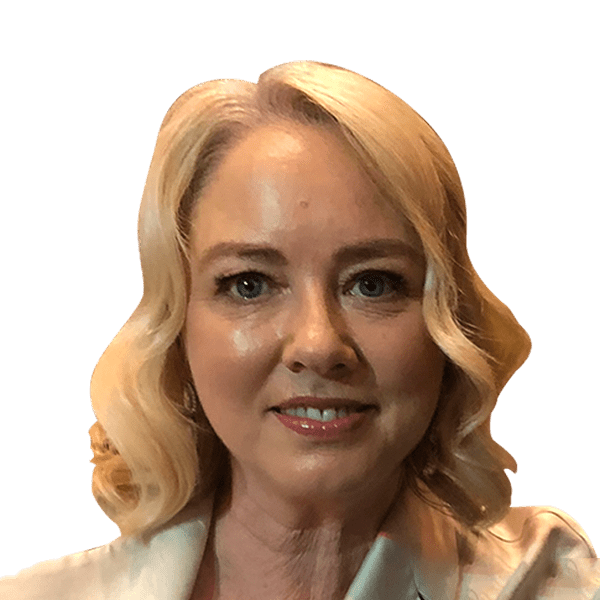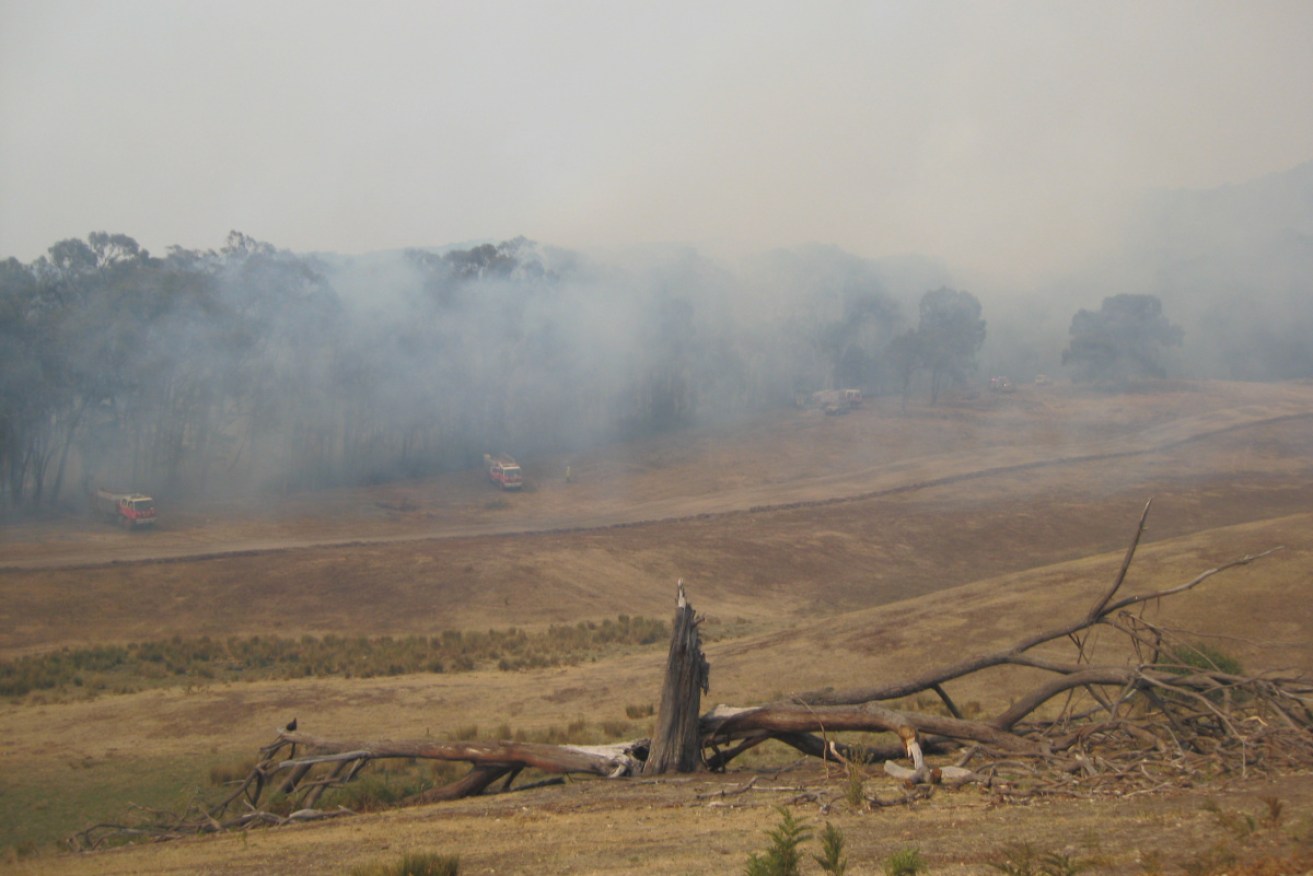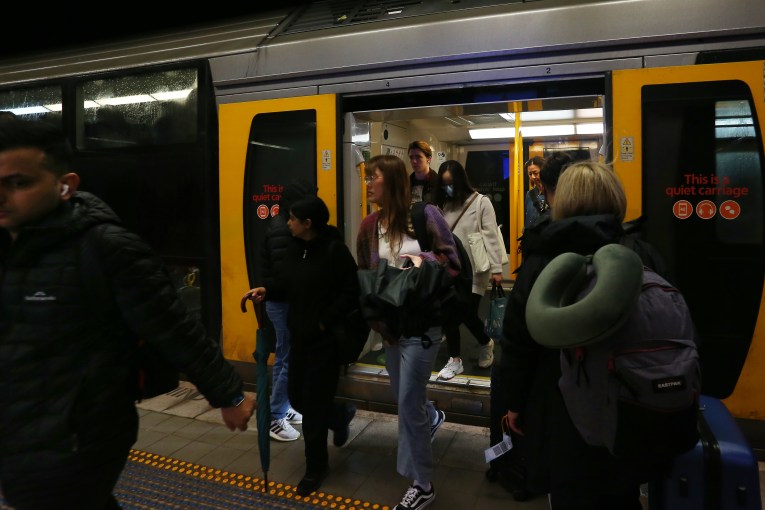Black Saturday: What it felt like to be there on that terrible day


Local and interstate fire tankers remained on scene at the back of our property backburning in the Murrindindi State Forest in the weeks after February 7. Photo: Louise Talbot
In the lead-up to the mad, horrible day that was Saturday, February 7, 2009, our TVs and radios blasted out warnings of soaring temperatures.
My husband and I did normal things – made sandwiches for our three boys, talked cricket – but we also hosed gutters on the house we’d built on the banks of the Murrindindi River in north-east Victoria.
And we heard again and again the Forest Fire Danger Index would reach unprecedented levels.
About 3.30pm, someone rang about a fire at the Murrindindi sawmill, about four kilometres from our place. A tower of black smoke hung over trees, an obscene smudged fingerprint in a blue sky. The wind was really picking up. My husband James, then 43, ducked inside for his orange CFA overalls.

Louise Talbot’s family home at Murrindindi. Photo: Louise Talbot
Without thinking or stopping I bundled our boys Max, 11, Will, nine and Daniel, four – and two Jack Russells – into the car and took off to a friend’s property on the other side of Yea. James and a crew, with other local CFA tankers, raced towards the fire, which looked like it had started by a road bordering the Murrindindi State Forest.
By late afternoon, the blaze was a monster roaring across two fronts and joining forces with a bushfire in Kilmore East. At the Yea farmhouse with three others, seven children and six dogs, I tried to keep calm.
The power went out about 5pm. The house got unbearably hot. Smoke hung heavy outside and the sky was split by weird lightning strikes.

The sun looked like the moon in a sky thick with smoke and flames. I took this photo after briefly returning to the property six days after Black Saturday. Photo: Louise Talbot
The news editor at the magazine I worked called and told me to hit the road and cover the fires. I told him my husband was somewhere on the back of a CFA truck, my kids were terrified, my house might have gone and we were still in danger.
I said I’d heard at least seven people had died. He paused: “Not seven. The death toll is dozens.”
All night, I didn’t know where James was. He called early Sunday. He’d spent the night on the roof of our place and his parents’ nearby, constantly hosing, saving them, saving what made up our life together.
When it was safe, we went into the forest behind the property. There was total silence, and no birds or wildlife. The trees were like black pencils, with the occasional random one untouched.

Our forest was like something from a Grimm’s fairytale. Photo: Louise Talbot
Like the landscape, I felt like a husk. I wanted to be somewhere else with the boys and went to stay with relatives and friends in Melbourne. I didn’t even take clothes for the kids – theirs were all smoke damaged.
But I was lucky, so lucky.
After three weeks, I was one of the first reporters to enter the north-east town of Kinglake after the police cordon was lifted. More than 100 people had died there.
I drove past kilometres of burnt-out homes and cars. The incredible national park was just smouldering ash. A woman breastfeeding her baby in a caravan walked me to piles of black muck that had been her home. A young electrician recounted the trauma of ringing his parents to say goodbye as he hid under a blanket with his wife.
And then I drove through Flowerdale, where 13 people died and 201 homes were lost. A local CFA crew stood outside their station, shattered by sleepless weeks, reading a message spray-painted on their roller door: “CFA c–––s … why didn’t you tell us the mountain [Kinglake] was on fire?”
Really? After days of battling the worst bushfires this country had seen, the volunteers who were the only front line were the target? In the community, the emotional rollercoaster of sorrow and bewilderment turned to anger.

Murrindindi mayor Lyn Gunter (second from left) at a community meeting in Flowerdale on February 20, 2009. Photo: AAP
People felt they’d been failed by lack of alerts, tankers, aerial support.
They wanted to know if something more accountable than nature was to blame.
A specialist police taskforce was set up. A CFA volunteer was wrongly accused by media of lighting the Murrindindi fire. Three eventual reports after the royal commission found both the Murrindindi and Kilmore East fires were triggered by fallen power lines.
A law firm successfully ran the largest class action in Australian legal history and when thousands of people received cheques in 2016 it was seen as some sort of closure on an unimaginable event. It’s not. This year, looking at our bone-dry paddocks, the dust kicked up by our now-grown boys heading down the driveway in their cars, I’m nervous.
There will be another Black Saturday. Whether it’s now, stuck in an El Nino weather pattern or later, when climate change really grabs hold, I don’t know.
Next time, will we be safe in the dam? Will the boys be on CFA trucks with James? Will there be warnings? With fire, there’s so much you can’t tell until it’s too late.
TND weekend news editor Louise Talbot and her husband bought a 16-hectare property in the Yarra Valley just before Black Saturday. For two weeks after the fire they didn’t know that home had been saved by neighbours. They still live there, with their sons, 15 horses and three dogs.








